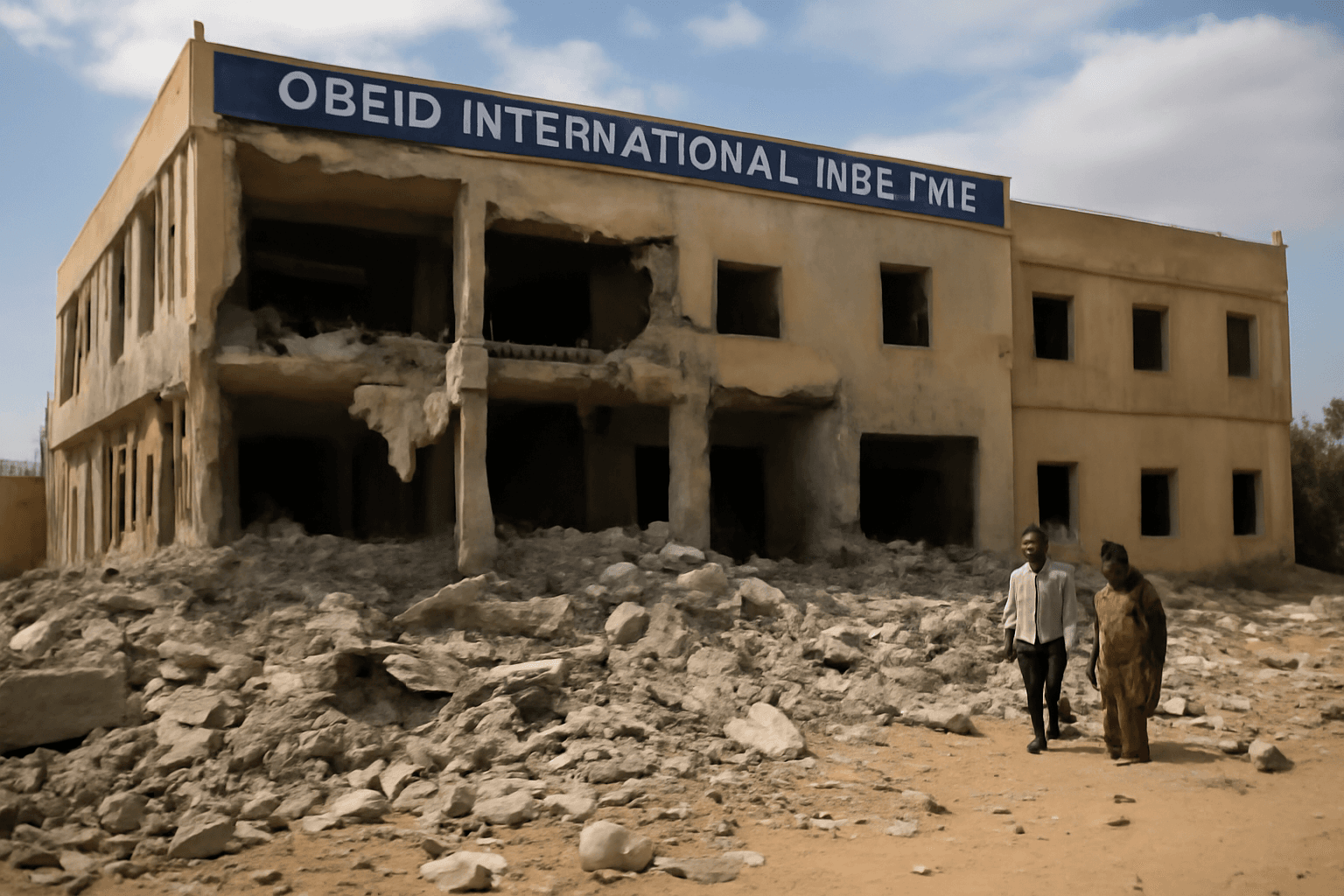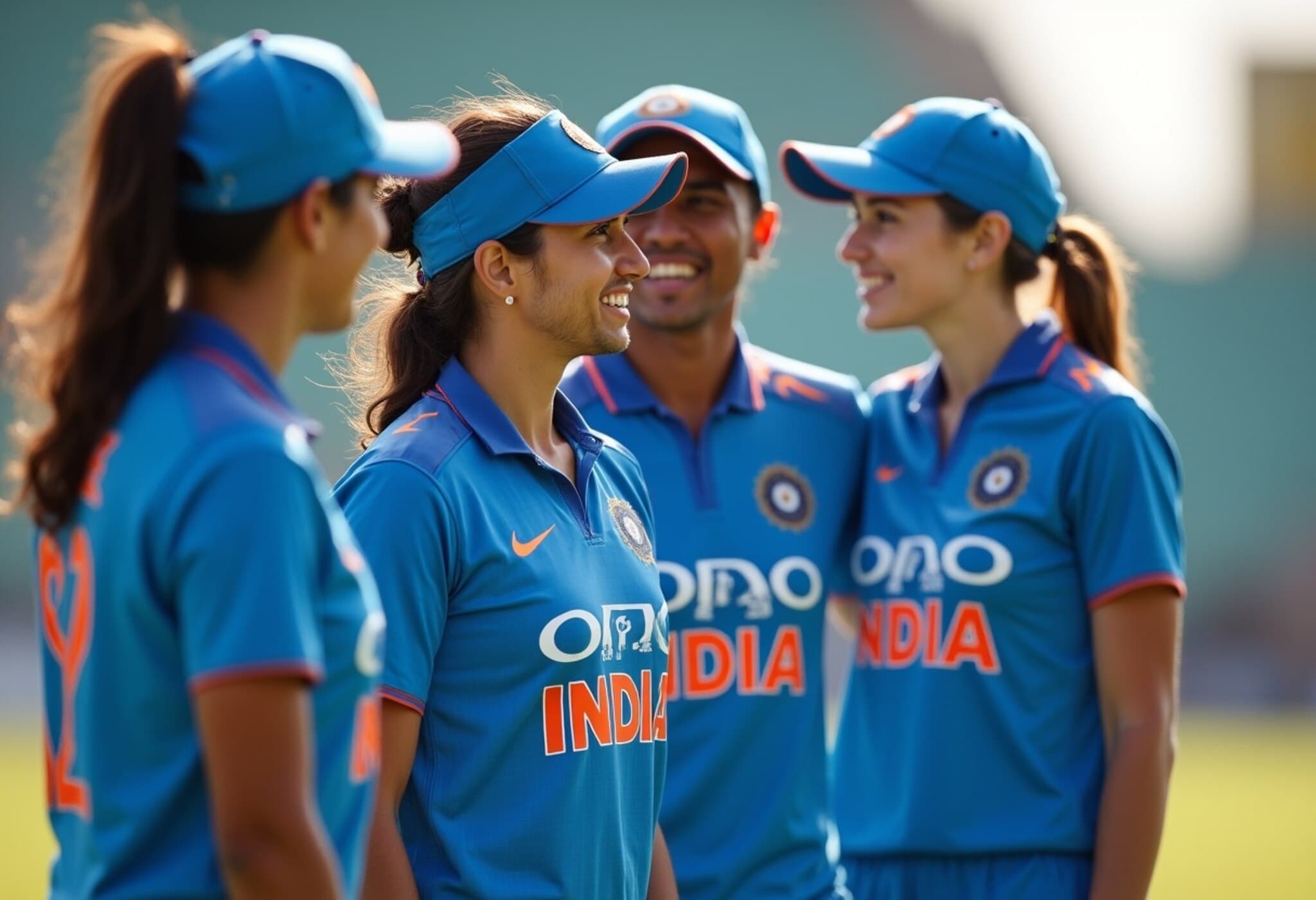Breakthrough in Blood Science: The Discovery of the CRIB Blood Group
In a remarkable medical breakthrough that has captivated scientists worldwide, a 38-year-old woman from Kolar district, near Bengaluru, Karnataka, has been identified with a previously unknown blood group antigen dubbed CRIB. This discovery not only marks a milestone in global transfusion medicine but also opens new horizons in the understanding of human blood group diversity.
When Routine Surgery Unveils an Extraordinary Mystery
The discovery came to light during preparations for the woman's cardiac surgery. Despite her blood being typed as O Rh positive—the most common blood group worldwide—it showed incompatibility with all available O-positive donor blood units. This unexpected incompatibility sent ripples through the medical team and necessitated a referral to the Advanced Immunohaematology Reference Laboratory at the Rotary Bangalore TTK Blood Centre for advanced diagnostics.
Dr. Ankit Mathur, a renowned transfusion medicine specialist at the centre, described the perplexing findings: “Her blood exhibited panreactivity, meaning it was incompatible with every test panel we assessed.” This indicated an antithetical blood antigen profile not previously documented.
Unprecedented Challenges: Family Testing and Surgical Decisions
In a bid to find a compatible donor amidst the urgency of surgery, the medical team screened 20 family members. Surprisingly, none possessed a matching blood type, underscoring the exceptional rarity of this blood profile. Faced with this challenge, the surgical and transfusion teams, along with the patient and her family, collaboratively decided to proceed with the operation without a transfusion, an approach rarely taken and carefully managed in such complex scenarios. This decision highlights the intricate balance clinicians must strike between medical necessity and risk management when confronted with uncharted territory.
The International Validation: Confirming CRIB on the Global Stage
To confirm their findings, blood samples from the patient and relatives were forwarded to the International Blood Group Reference Laboratory (IBGRL) in Bristol, UK. After nearly ten months of rigorous genetic and serological analysis, researchers confirmed the presence of an entirely new antigen within the Cromer (CR) blood group system. The new antigen was aptly named CRIB, with "CR" referencing the Cromer system and "IB" symbolizing its discovery’s Indian and Bengaluru origins.
This monumental announcement was made at the 35th Regional Congress of the International Society of Blood Transfusion (ISBT) in Milan in June 2025, marking the Indian woman from Kolar as the world’s first known individual with the CRIB antigen.
What Sets CRIB Apart in the Complex Landscape of Blood Groups?
While the ABO and Rh systems are the cornerstones of transfusion compatibility, there are over 30 other recognized blood group systems, including Kell, Duffy, and Cromer, each with nuanced antigen structures that can complicate transfusions. The discovery of CRIB enriches the Cromer system, which is characterized by intricate glycoprotein antigens on red blood cells.
In this patient’s case, her red blood cells neither matched nor reacted as expected to known antibodies, signaling a novel antigenic signature unseen before—she essentially represents a unique genetic outlier in transfusion immunology.
Contextualizing CRIB: Rare Blood Group Discoveries Around the World
The emergence of CRIB resonates with other recent landmark findings in rare blood antigen research. For instance, the Gwada Negative blood group identified in a woman from Guadeloupe living in Paris reflects an unusual absence of the EMM antigen, a protein found on the vast majority of human red blood cells. Like CRIB, this rare antigen absence created extreme transfusion challenges, illustrating the medical and genetic complexity underlying so-called “universal” blood compatibility.
While the Gwada Negative case was elucidated years after the patient’s blood was first saved—thanks in large part to advances in Next Generation Sequencing (NGS)—the CRIB antigen discovery was accelerated by international collaboration and cutting-edge immunohaematology methods.
Implications and Future Directions for Transfusion Medicine
The CRIB discovery is more than a niche curiosity; it signals a clarion call for the global medical community to intensify efforts in:
- Expanding rare blood group registries and databases to improve transfusion preparedness.
- Developing personalized transfusion protocols for patients with uncommon antigen profiles.
- Promoting international collaboration between blood banks and research laboratories to identify and catalogue rare blood types.
- Employing emerging genetic technologies to deepen understanding of blood group antigen diversity.
For the patient from Karnataka, what began as a routine heart surgery has turned into a landmark event in medical genetics and transfusion medicine, reshaping the narrative of human blood diversity. For clinicians and researchers worldwide, CRIB opens a new chapter of challenges and opportunities in striving for safer, more effective patient care.
Editor’s Note
The unveiling of the CRIB blood group underscores the extraordinary biological diversity cradled within human populations—a reminder that even in seemingly commonplace medical scenarios, science can encounter the unexpected and groundbreaking. As global health systems grapple with the demands of personalized medicine, discoveries like CRIB push the boundaries of transfusion safety and highlight the irreplaceable value of international scientific partnerships. Looking ahead, how might such singular genetic profiles influence organ transplantation protocols or the future design of synthetic blood substitutes? The CRIB case invites us to reflect on the intricate mosaic of human biology and the perpetual journey towards tailored healthcare solutions.

















